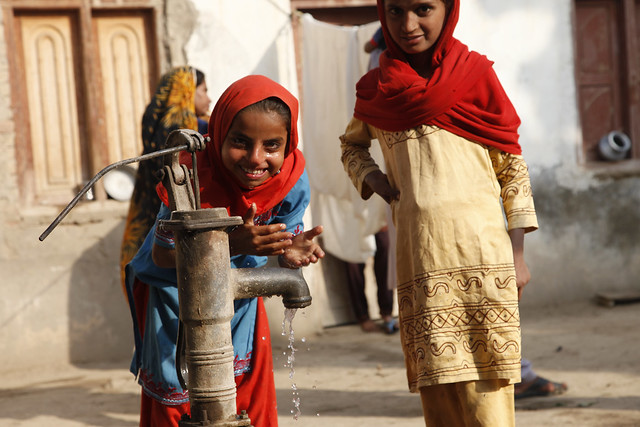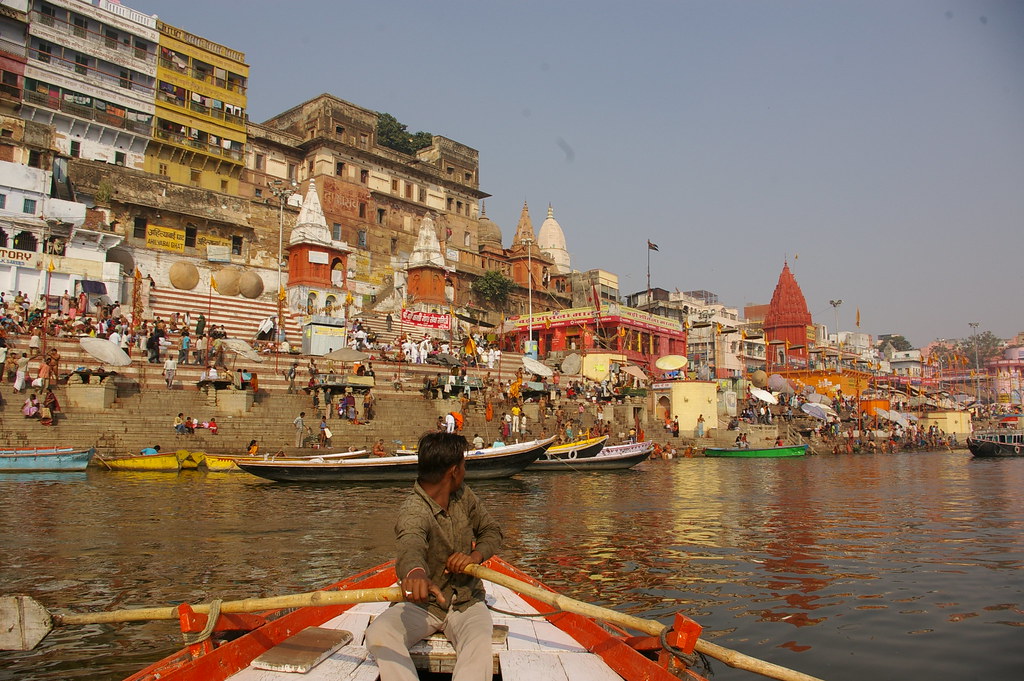
According to UNICEF India, about 67% of the 718 districts within India have been impacted by water depletion, making access to clean water challenging. Not only is clean water vital for basic sanitation and hydration, but it is also significant in shaping the lives of women and children. More often than not, women and children in India bear the responsibility of water collection when there is a lack of clean water. This means the number of children attending school in India declined, with children focusing on providing for their families. In addition, women who must collect water instead of working contribute to a loss of wages as well as overall productivity within the country.
Therefore, the provision and maintenance of a clean water system are essential to creating an efficient economy as well as positive welfare for the citizens of a country. WaterAid India works toward the goal of improving India’s quality of life through the implementation of WASH (the water, sanitation and hygiene strategy) as well as clean tap water.
Waterborne Diseases
According to UNICEF, India’s lack of access to clean water creates a threat of waterborne diseases not only to India’s residents but also its economy, as mentioned above. One can also attribute poor water quality to a lack of efficient waste disposal. Untreated wastewater flows into groundwater, rivers and lakes, contributing to the risk and spread of waterborne diseases. In addition to unsafe and unsanitary water, India’s cities and rural areas lack quality control, leaving the issue of clean water under-prioritized.
Waterborne diseases spread rapidly through contaminated water containing pathogens such as bacteria, intestinal parasites and viruses. According to the World Health Organization (WHO), the global disease may be prevented through the development and implementation of systems that effectively provide and maintain clean water supply, hygiene and sanitation. Annually, waterborne diseases affect around 37.7 million people in India, while estimates have indicated that 1.5 million children in India contract diarrhea leading to fatality. Cases of waterborne diseases resulting from a lack of clean water flare up during rainy months because of a lack of proper management of and care for India’s water. In addition to waterborne diseases, infections also pose a serious threat due to contaminated water.
The cause of unhygienic water supply and poor management of water is correlated with rapid economic growth, dense population, substandard housing and deficient political governance. In addition, India, and especially the rural parts of India, lack knowledge about proper water management and sanitation, resulting in unsafe defecation practices, water pollution and poor hygiene.
WaterAid
WaterAid focuses on developing sustainable systems for communities in need of help. The non-governmental organization is committed to providing assistance for remote and rural communities which are often located in areas a distance away from a reliable and sanitary water source.
The strategy that WaterAid implemented involves the installation of taps as well as first analyzing various factors regarding the challenge of tap installation. WaterAid’s process involves assessing the community’s landscape, water source and safety. Then the organization conducts tests on the community’s water to look at PH, iron and sodium levels to name a few. In conducting a test of the community’s water, WaterAid provides the necessary sterilization tools to provide clean water. Following water testing, WaterAid conducts a search for nearby institutions which may also need access to water such as schools or health care facilities. Then it is crucial for WaterAid to analyze the climate in order to follow up with the engineering and construction of taps for the community.
WaterAid India
The primary goal of WaterAid India is to implement the water, sanitation and hygiene strategy, or WASH. WaterAid India focuses on sustainable strategies to provide clean water access and sanitation. The organization educates the country’s local communities, integrating conservation and water harvesting and promoting skills for water management.
India’s state of Madhya Pradesh has integrated WaterAid as a member of the state-level Task Force, and as a result, WaterAid has implemented tap water systems within the state. In the city of Delhi, India, WaterAid India has encouraged water distribution models for the community. In addition, WaterAid India and the Jal Jeevan Mission of Assam signed a Memorandum of Understanding ensuring the provision of sanitary tap water in rural India. WaterAid India not only creates a meaningful impact by building resources and disseminating knowledge but also strives to work in collaboration with governments, local organizations, businesses, utility companies, governments and development partners to work with the people of India and strengthen access to clean water.
WaterAid India’s influence can be heard through countless stories sharing the improved quality of life of residents. In the village of Govardhanpur, located in the state of Uttar Pradesh, the drains lining the community are now clean, a testament to the success of WaterAid’s efficient strategy and implementation. Govardhanpur’s drains are no longer congested with trash, and waterborne diseases have declined. Prior to WaterAid’s assistance, the main issue causing the village’s contamination was due to improper garbage disposal and management which would allow garbage to flow into the water. WaterAid India worked with the community to create a waste collection system, making way for a cleaner, more sanitary community.
Conclusion
All in all, the WaterAid network and WaterAid India have created systems whereby communities in need of clean water (basic human rights) are now able to live and maintain hygienic lifestyles. So far, WaterAid India says the organization has “helped more than 3.7 million people gain access to safe water, and 9.7 million people gain access to proper sanitation.”
– Bianca Roh
Photo: Flickr
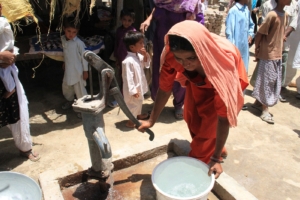 On June 1, 2022, the White House unveiled its
On June 1, 2022, the White House unveiled its 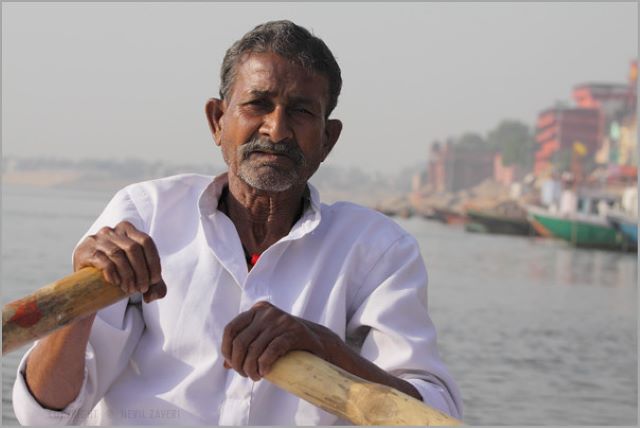 More individuals depend on the
More individuals depend on the 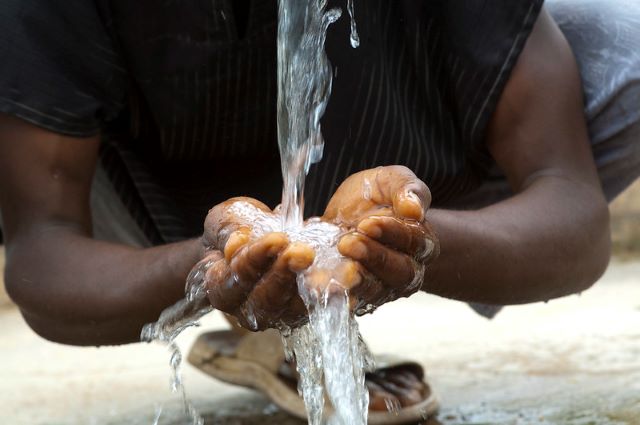 According to the World Health Organization (WHO),
According to the World Health Organization (WHO), 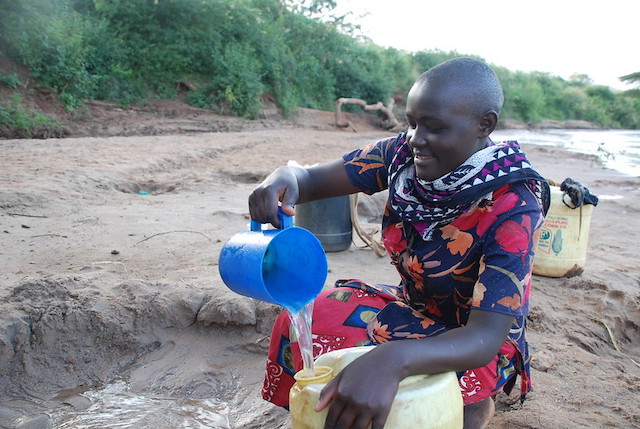 Kenya, among many other areas,
Kenya, among many other areas, 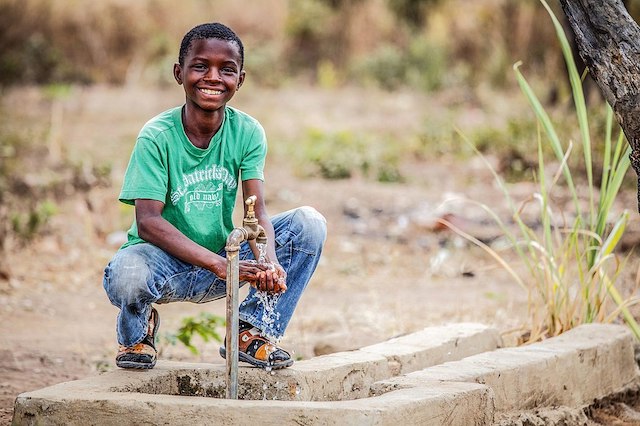 The top concerns with water quality in Africa include lack of access to water for drinking, sanitation and agriculture, the cleanliness of the water and the burden of water retrieval. The United Nations’ Millennium Development Goals have tracked the improvement of access to water in Africa. Sub-Saharan Africa is the most challenged and inequitable region. Sub-Saharan Africa’s water system is
The top concerns with water quality in Africa include lack of access to water for drinking, sanitation and agriculture, the cleanliness of the water and the burden of water retrieval. The United Nations’ Millennium Development Goals have tracked the improvement of access to water in Africa. Sub-Saharan Africa is the most challenged and inequitable region. Sub-Saharan Africa’s water system is 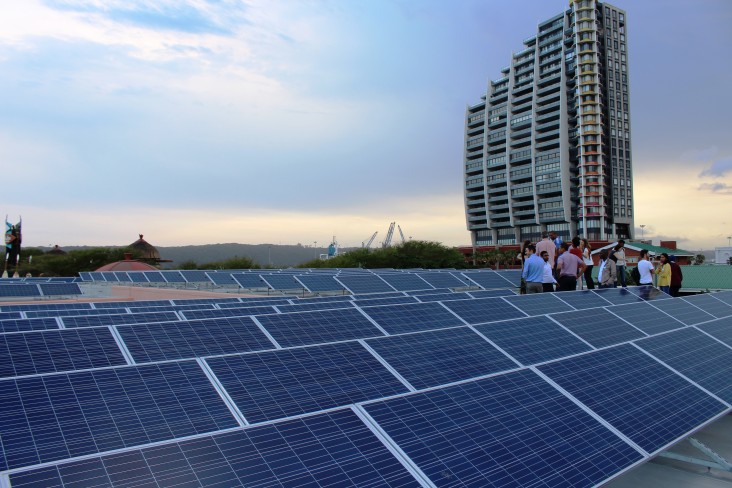
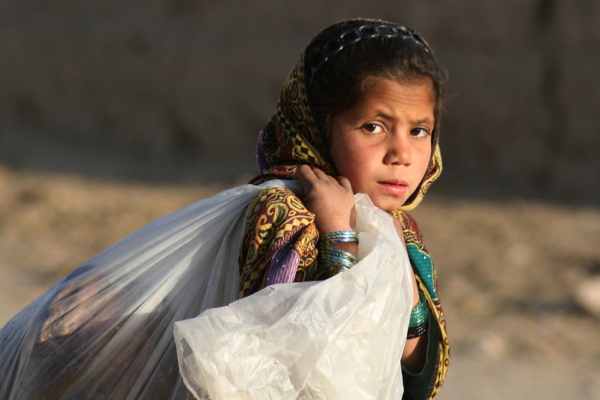 According to the
According to the